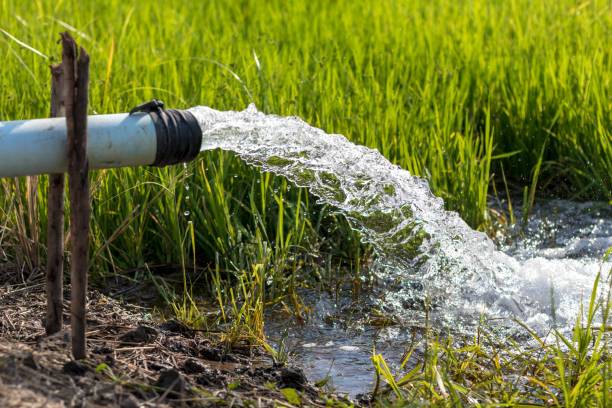
Increasing rural electrification, positive farm sentiment, and improved cash flows following a healthy rabi season last fiscal will boost demand for agricultural pumps in the country this fiscal, CRISIL Ratings said on Thursday, resulting in 8-10% revenue growth for their manufacturers.
Higher volume-driven growth and stable input prices will result in operating margins rising by up to 100 basis points to 11-12% this fiscal year, while cash accruals will improve. This, combined with stable working capital levels and moderate capex spending requirements, will ensure debt levels remain similar to the previous fiscal year, supporting stable credit profiles. According to a CRISIL analysis of agricultural pump manufacturers, which account for 40% of the sector's revenue. Traditional pumps (grid-connected and diesel pumps) account for 92% of the Rs 5,000 crore sector, followed by solar pumps (8%).
"This fiscal, the sector's growth of 8-10% will be largely volume-driven due to positive farm sentiment, better farm cash flows, increasing rural electrification, and stable pump prices," said Anuj Sethi, Senior Director, CRISIL Ratings. Despite a 6% year-on-year decline in volumes, the sector's revenue grew 17% last fiscal, owing largely to a sharp increase in realisation in line with higher input prices (primarily pig iron and mild steel)." Due to improved demand, conventional pumps are expected to grow 7-8% this fiscal, despite some headwinds, while solar pumps will grow 15%, aided by government incentives."
Erratic power supply continues to be a major challenge for conventional pumps, affecting seamless water supply and thus farm output. Furthermore, new and free grid connections for pumps are being restricted. Furthermore, diesel pumps have become more expensive in recent years. Furthermore, the Goods and Services Tax on conventional pumps has risen to 18% from 12% in the first quarter of this fiscal year, making these pumps more expensive.
"Solar pumps, despite being significantly more expensive than conventional ones, are expected to benefit from the central government's Kusum Scheme, which provides significant incentives," said Rajeswari Karthigeyan, Associate Director, CRISIL Ratings. Farmers must pay only 10% of the pump's cost — which is nearly the same as the cost of a conventional pump — up front, while the government subsidy and bank loan (under priority lending) contribute the balance in a 60:30 ratio, respectively."
Net-net, agricultural pump manufacturers' credit profiles would remain stable, supported by improved cash accruals, controlled working capital as input prices stabilised, and no major capex. The sector is currently operating at only 65-70% of capacity, negating the need for capacity expansion.
As a result, the key debt metrics — interest coverage and gearing — should improve to 13-14 times and 0.15 times, respectively, this fiscal year, from 11 times and 0.20 times in the previous. However, the pace of the monsoon in the second half of this fiscal year, as well as geopolitical risks affecting raw material prices, particularly pig iron and mild steel, will be closely monitored in the coming months.
















